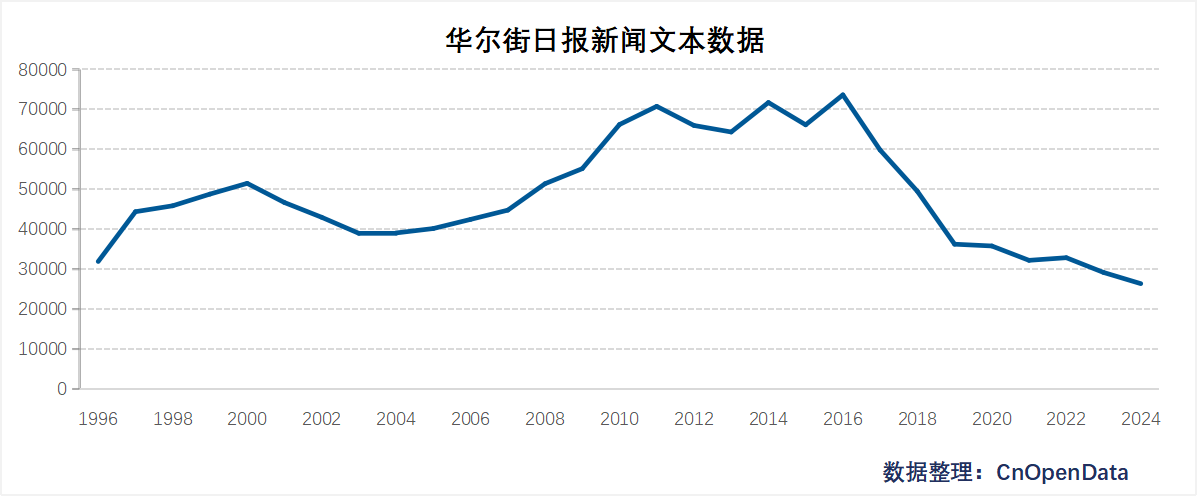The Wall Street Journal (WSJ) is a comprehensive newspaper renowned for its financial and business reporting, wielding global influence with a daily circulation of 2 million copies. It publishes Asian, European, and online editions, reaching over 20 million readers daily. Through incisive commentary, WSJ's journalistic oversight has played a crucial role in regulating commercial markets and restraining corporate misconduct.
The journalistic style of WSJ is characterized by:
- Emphasis on seriousness: The paper predominantly features text-based reporting with minimal graphical content, contrasting sharply with more visually dynamic publications like USA Today. WSJ maintains its status as a premium American newspaper, serving a readership with an average household income of $150,000.
- Commitment to in-depth reporting: The editorial team exercises rigorous topic selection, with an average story development cycle of six weeks. In 1999, Columbia Journalism Review ranked WSJ third among "America's Top 21 Newspapers for the 21st Century," praising its "consistent quality and tenacity in investigative reporting." By late 2004, its average daily circulation reached approximately 1.8 million.
To support academic research, CnOpenData presents the Wall Street Journal News Text Dataset, containing critical fields such as Title(标题), Subtitle(副标题), Section(所属板块), Category(类别), Author(作者), and Release Date(发布日期).
Temporal Coverage
1997-2024
Data Volume

Field Overview
Sample Data
Relevant Literature
- John A. Helmuth, Ashok J. Robin, John S. Zdanowicz, 1994, "The adjustment of stock prices to Wall Street journal corrections", Review of Financial Economics, Volume 4, Issue 1.
- Federico Carlini, Vincenzo Farina, Ivan Gufler, Daniele Previtali, 2024, "Do stress and overstatement in the news affect the stock market? Evidence from COVID-19 news in The Wall Street Journal", International Review of Financial Analysis, Volume 93.
Data Update Frequency
Annual updates